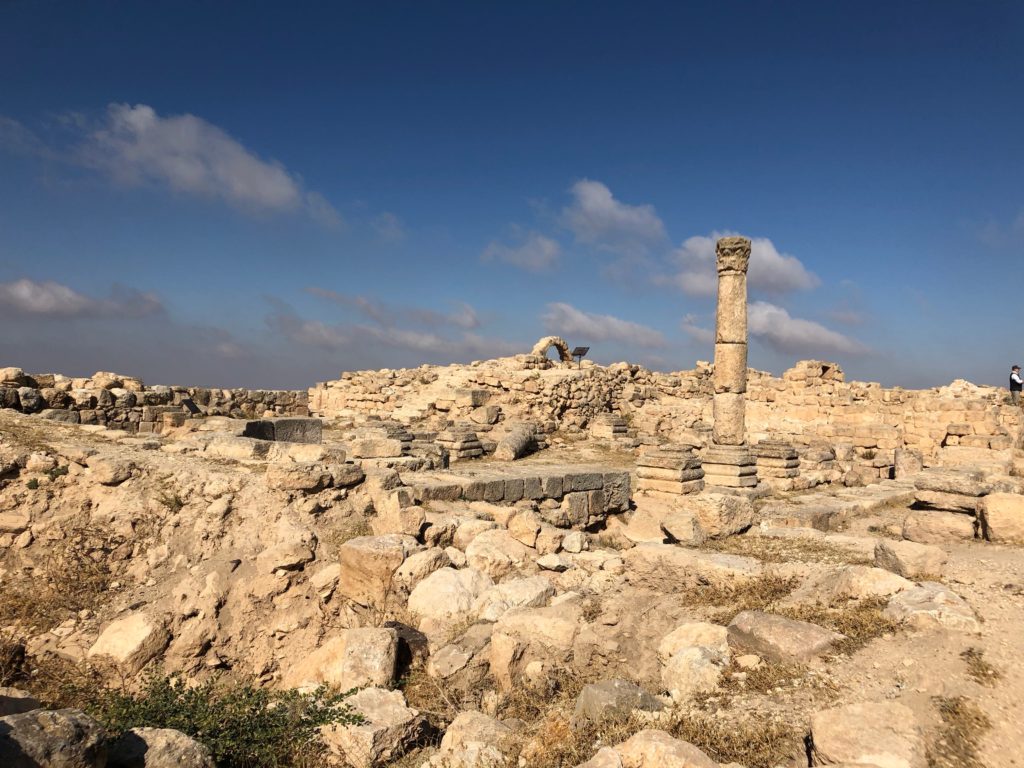by Harpreet Birdi

The first week of this year’s study season was quite successful. It was a relaxing week with everyone arriving and settling into the dig house. We spent the first couple of days getting used to being in Jordan and touring around the city of Madaba. We spent a typical afternoon at Ayola’s and wandering into different shops and bookstores. We went to the Archaeological Park of Madaba where Deb gave us a tour and taught us about some of the mosaics found in Madaba. We also made a wonderful discovery of a litter of puppies at the site of Tell Madaba, which became the highlight of our day!
This season everyone is organizing their own individual projects. For my project, I am focusing on the community engagement and public archaeology aspect of the KMAP project. This week I developed a game plan and began by updating all the social media pages for this project. This includes the main website, Facebook, Instagram and Twitter (check them out!). I also began to develop a plan to initiate phase one of the Khirbat al-Mukhayyat Community Based Archaeology Project (KMCBAP). The ultimate goal of this project is to develop an outreach program to get the local community involved in the archaeological project and work as research partners. KMAP is an excellent place to begin an outreach program because it is a field school where many students come to learn and gain archaeological experiences. This is a place for both students and local Jordanians to get involved, learn, and provide feedback. I hope by the end of this summer I will have developed a plan to launch the beginning of community engagement in KMAP and begin phase one.
During the last few days of the week, we learned a lot about the different excavation projects in Madaba, including Heshbon. This site was excavated as part of the Madaba Plains Project and is celebrating their 50th anniversary this year. We had the opportunity to attend their conference and reception party where we met many amazing people who have been a part of the project for several years. We also visited the site and met some of the archaeologists and students who were currently digging. Overall, it was great to see the hard work and effort that was put into this project and seeing the involvement of local communities as well.
